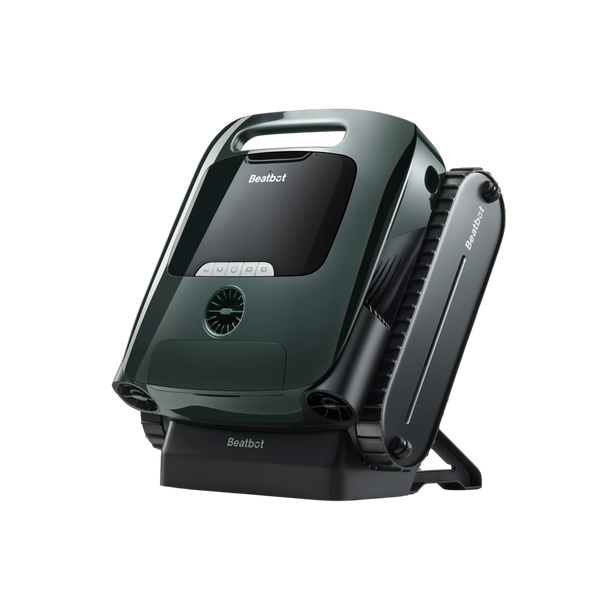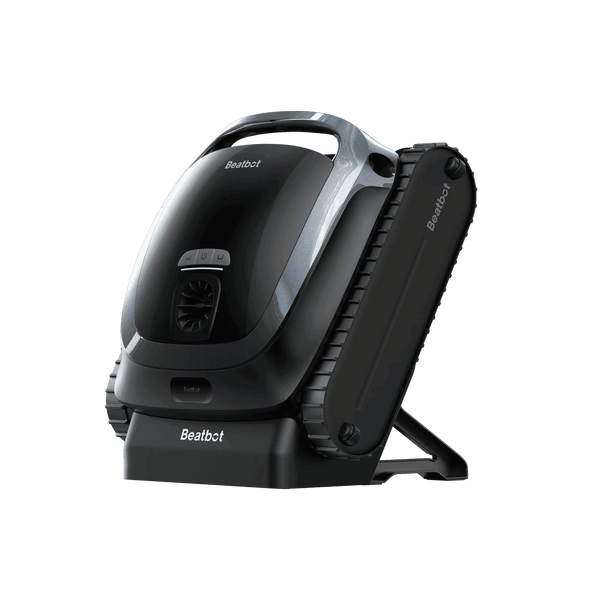Management of Pool Chemistry: How to Balance Alkalinity and Reduce Cyanuric Acid?
It's tempting to dive into a well-maintained pool, but some chemicals are needed to keep the water safe and clear, among which, cyanuric acid (CYA) and total alkalinity (TA) are two essential factors. These elements are crucial to preserve the equilibrium of the water, guarantee the efficiency of pool sanitizers, and create a fun swimming experience. Let's examine what these chemicals are, their significance, and how to ultilize them to maintain the best possible condition for your pool in today's blog.
Table of content
Nitty and Gritty: An Overview of Total Alkalinity (TA) and Cyanuric Acid (CYA)
Cyanuric acid (CYA) is a stabilizer. it can not only protect chlorine from the sun’s ultraviolet rays, but also maintains the effectiveness of pool sanitizers. However, too much CYA can overstabilize chlorine, reducing its ability to effectively disinfect and purify pool water. Generally, the ideal CYA level for outdoor pools is 30-50 ppm.Total Alkalinity (TA) measures the concentration of alkaline substances in pool water. Alkaline substances act as a buffer against pH changes. Proper TA levels make it easier to stabilize and maintain pH. The ideal TA range is 80-120ppm. If TA is too low, pH can fluctuate rapidly, causing water corrosion and posing damage to pool equipment. If TA is too high, it can be of great difficulty to take control of pool pH level. Moreover, scaling and cloudy water can emerge.

Reducing Cyanuric Acid (CYA)
High concentrations of CYA can over-stabilize chlorine, making it less effective against bacteria and algae. Effective ways to reduce CYA include:
- Partial Draining and Refilling: The most practical way to reduce CYA is to partially drain the pool and refill with clean water. This dilutes the over-stabilized water and reduces the CYA concentration. Always be careful and reduce gradually when doing this. If you drain water for too long, the hydrostatic pressure can cause the pool to burst.
- Chemical CYA Reducers: Chemical reducers can help lower CYA levels without draining the pool. They work by chemically breaking down excessive CYA molecules.
- Reverse Osmosis (RO): If your pool is high in CYA levels, consider using a reverse osmosis filter! Through the semi-permeable membrane, a RO system passes water to filter out impurities like CYA.
Alkalinity Balance
Total Alkalinity measures the concentration of alkaline substances in the water and helps to moderate pH changes. The ideal TA range is 80-120 ppm. Here’s a simple guide as to how to balance alkalinity:
- Increasing Total Alkalinity with Sodium Bicarbonate: If your alkalinity is low (<80 ppm), add sodium bicarbonate to increase your total alkalinity. This method will stabilize your pH and help prevent corrosion in your water.
- Reducing Total Alkalinity with Hydrochloric Acid: If your alkalinity is too high (>120ppm), you can use hydrochloric acid to reduce the total alkalinity. This method will prevent your water from becoming too alkaline, which can lead to cloudy water and scale.
Frequently Asked Questions
So, how often should I test my pool alkalinity?
Testing your pool alkalinity at least once a week is always recommended. That will heip you maintain a proper water balance.
Apart from hydrochloric acid, can vinegar also be used to reduce alkalinity?
Vinegar can be used to reduce alkalinity, but it is neither as effective as hydrochloric acid nor suitable for some types of pools.
What happens if I don’t control cyanuric acid and alkalinity in my pool?
If not controlled , your poor hygiene conditions can be largely degraded. Cloudy water, scaling, and other water quality problems that may require costly remedial measures.
Conclusion
Pool chemistry management involves maintaining optimal levels of cyanuric acid as well as total alkalinity. Understanding the way how to reduce cyanuric acid and balance alkalinity will help ensure a balanced and comfortable pool environment. Regularly testing and adjusting these parameters is essential to keeping your pool safe and clean.

Relative Blogs
About the author



















